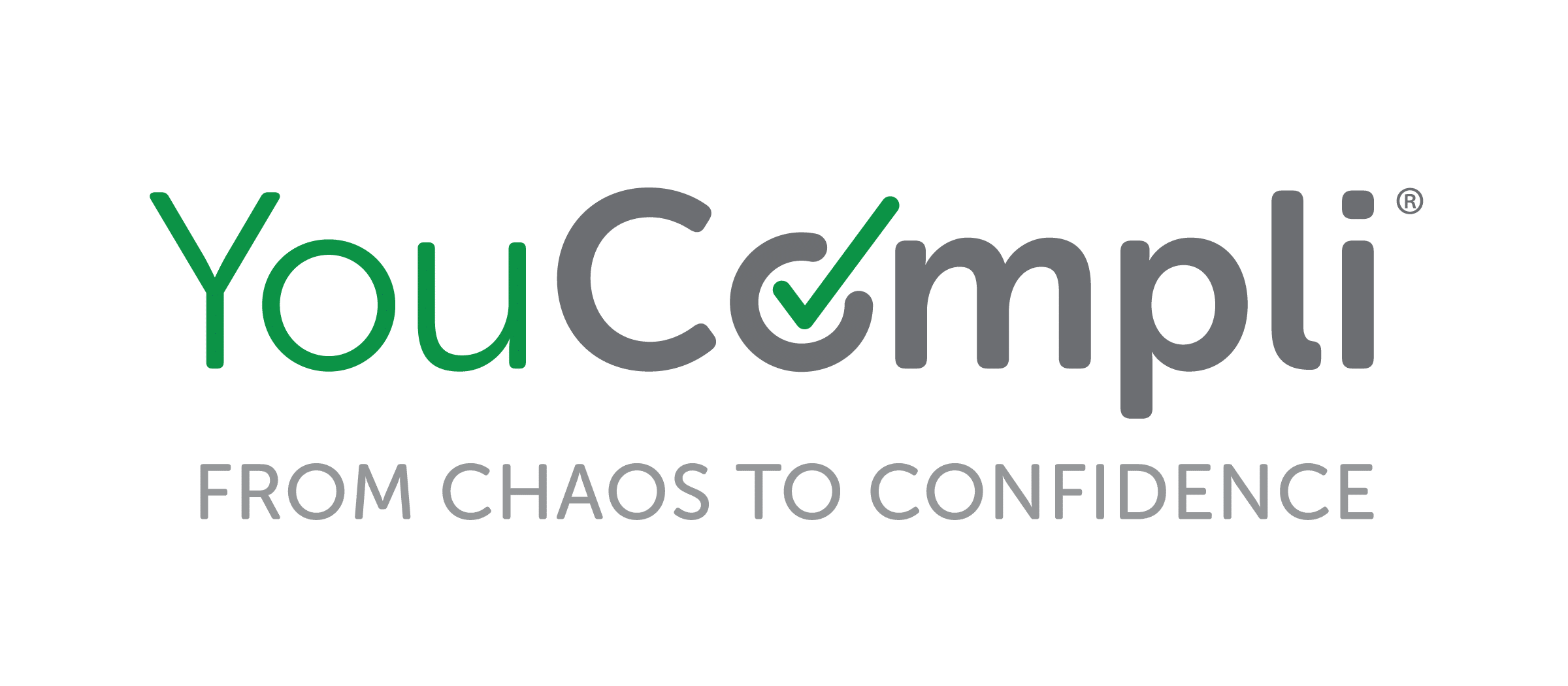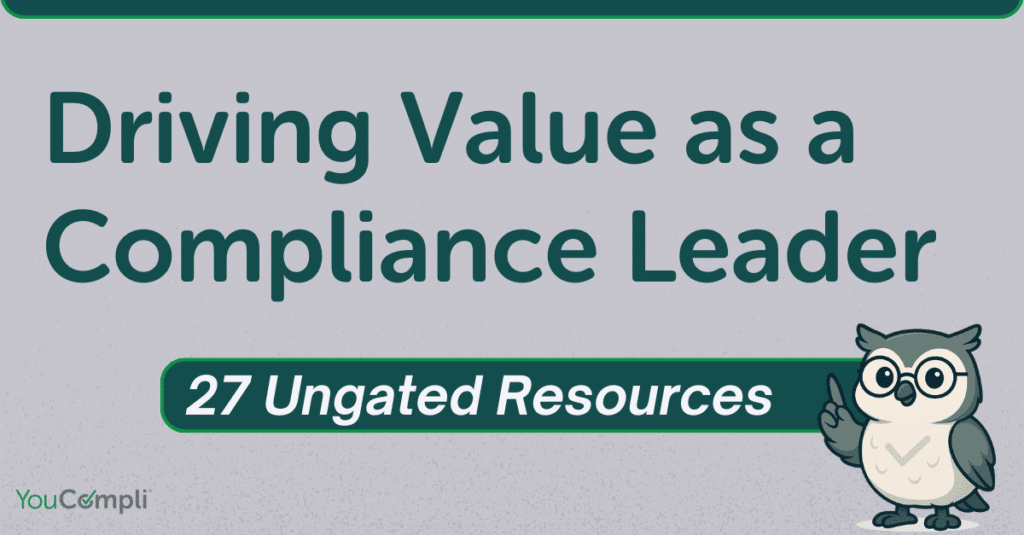
Healthcare compliance/accreditation professional Amy Laufmann, MBA, has held a variety of quality and compliance roles for over ten years in multiple settings. Currently the Client Success Manager at YouCompli, she works with healthcare organizations across the country every day, from single-state healthcare systems to systems spanning nationwide. She shares her experience not only having worked in the field, but also the knowledge and insight gained from supporting organizations using the YouCompli compliance software to manage regulatory compliance changes in their organizations.
Let’s Talk Regulatory Change Management and Compliance Software
In this expert interview, Amy shares insight surrounding compliance management software (like YouCompli) and examples of what it takes for organizations to be successful.
Question: What are the advantages of using compliance software?
Amy Laufmann: Compliance software allows for automation number one, and then accountability.
As far as automation is concerned, the software offloads manual tasks from compliance teams. Essentially, automation skips the manual process of fighting through all the noise and duplications to find out what regulations apply and then delivers it directly to the department accountable for completing the work.
It brings you quickly and directly to the point of starting the compliance work that needs to be done in response to regulatory changes.
YouCompli helps compliance teams start at that point, as they are alerted to regulatory changes that impact their organization. They also get information on what needs to be done to share directly with the impacted departments.
Q: How Do You Know if You’re Catching All the Right Regs?
AL: I remember working at an organization where we had just hired a new Chief Compliance Officer, who was meeting with our team. He asked how our team ensures that we’re monitoring all applicable federal and state rules, and updated accreditation standards.
The team was silent, because despite our best efforts, the process of listserv notifications and the endless newsletters and different compliance organizations did leave concern that something could easily be missed. I’m not going to lie… despite my best efforts, the thought of “What did I miss?” really did surface occasionally.
It’s important to note that software automation eliminates the challenge of simply finding all the rules and regulations that organizations need to be aware of before even getting started doing the work.

Special Care Needed for State Regulatory Changes
Additionally, state regulatory changes are not always the easiest to monitor, track and implement. Often, hospital associations and government relations departments help get important bills on the radar of compliance teams.
However, government websites or other legislative tracking web applications are essentially online libraries. Their results often include bills both passed or not, supported or opposed, and it can be very cumbersome to translate that information into where bills are in the process, which are passed, failed, signed by the governor, etc.
If you know what you’re looking for, great. If you need to find out what should be on your radar, you can very easily miss something and have difficulty finding what you need, especially for those things that may be a bit more obscure, like healthcare transportation.
How Compliance Software Provides Closed-Loop Accountability
That brings me to the second advantage, accountability. Compliance software provides accountability for those folks responsible for implementing the regulatory change and clearly identifying what work has been done in order to comply.
Compliance software has tools built within it to manage that workflow. It can alert staff when they’re assigned work related to regulatory changes, as well as those who need to monitor that work when it’s been done.
Compliance is all about closing the loop and documenting what’s been done, and compliance software automates this process through workflow to ensure the loop gets closed.
Q: It sounds like compliance teams could use help. What features should organizations look for in a compliance management tool?
AL: Compliance management software must include all the regulators you care about. It has to include both federal and state rules and regulations and centralize that information to ensure it funnels into your organization from one source. If I’m going to invest in a compliance solution, it must eliminate the need for me to care about any other noise when it comes to monitoring regulatory changes.
In addition to one source of truth, the ability to have workflow is crucial, as compliance work is typically a very manual process of spreadsheets, tracking, notes and emails scattered across many different places in an organization.
Compliance software should include workflow that allows compliance teams to assign tasks, provide information, and track regulatory work. It should maintain that information within reach of not only compliance teams, but other stakeholders like managers and directors who may want oversight on work impacting their teams, as well as completion status.
Guidance About Compliance Reporting Tools
Lastly, compliance management tools should include the ability to report on the state of compliance work within an organization. What if you could see on-demand and in real time all regulatory work assigned, in progress and complete without having to pull information from multiple spreadsheets, departments, forms, etc.
Compliance software should allow your organization to identify the department, date ranges, status type, or even users and the associated regulatory work.
Reporting within compliance software can help you:
- Identify the state of assigned, in progress, overdue, and completed regulatory work.
- Spot bottlenecks where compliance work is not progressing.
- Are there users, departments, or types of regulations that are going unaddressed?
- Spot departments or individuals who address compliance work in a timely manner and keep their impacted areas in compliance with regulatory changes.
- Who deserves recognition and kudos for getting the work done?
- Facilitate communication and credibility for compliance teams as experts on the state of compliance within their organizations.
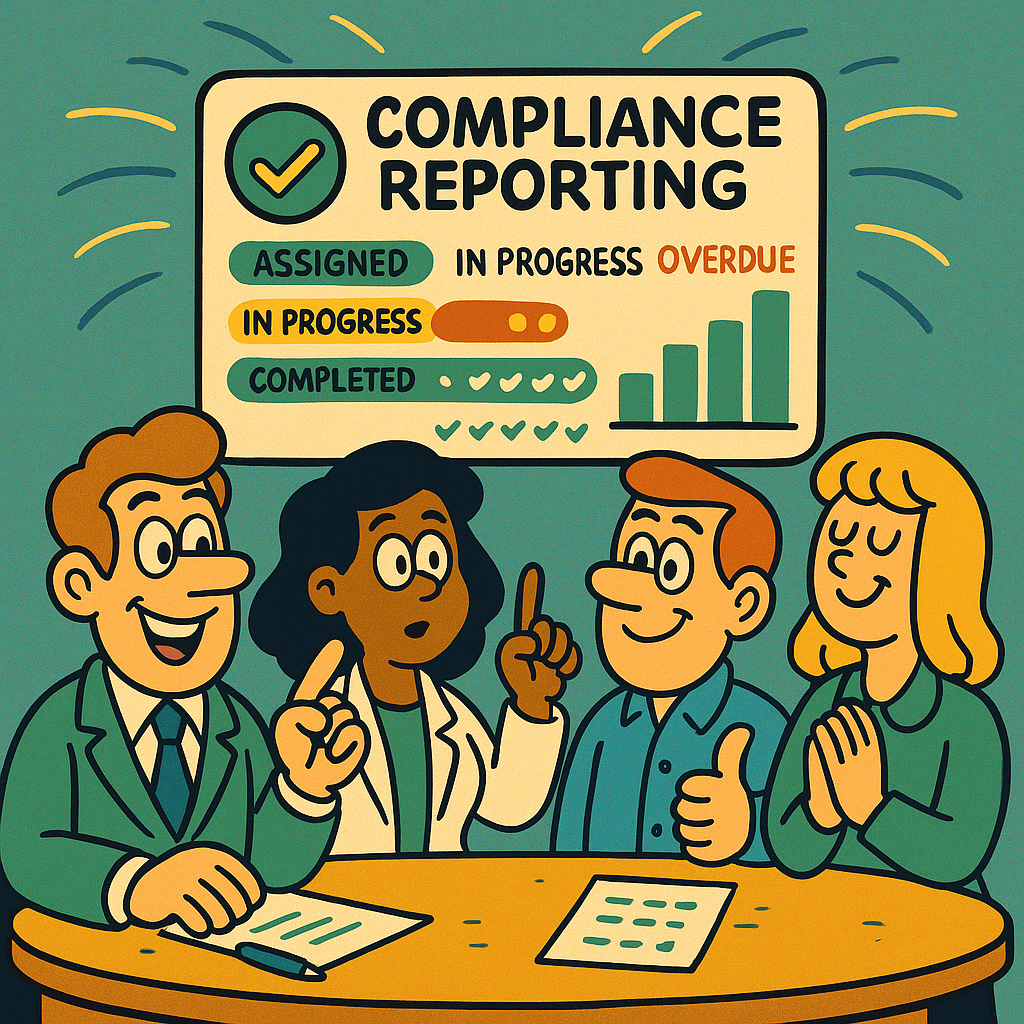
Recap: What to Look for in Compliance Management Software
In summary, compliance management software should provide:
- Single source of information to ensure your organization is reviewing all necessary regulatory changes, that is, all the regulatory information your organization needs to know.
- Workflow automation to assign, monitor and complete regulatory work.
- Centralized database to store all information and documentation to implement regulatory changes.
- On-demand reporting to observe all regulatory work, current state and departmental impact for both high-level teams like leadership, as well as detail-level reporting to monitor work assignments by department, user or effective dates.
Compliance Management Goal: Eliminate as Much Risk as Possible – And Software Helps
Healthcare organizations and the compliance teams within them won’t often come out and say it, but 100% compliance 100% of the time just isn’t possible. It is nearly impossible to be ahead of the regulatory change game all of the time and have everyone in an organization compliant with every rule and regulation on the books.
If that were the case, things like billing errors, overpayments, self-disclosures, ADRs and plans of correction would cease to exist.
The point is to eliminate as many potential areas of compliance risk as possible. Compliance software lends itself very well to getting the high value/high risk/high impact regulatory work addressed but still doesn’t let regulatory changes less likely to cause reputational damage or severe financial penalties fall off the radar. It ensures that when capacity and resources are available, those changes too are addressed.
Compliance software like YouCompli provides a valuable, comprehensive picture of the landscape in your organization.
Q: How fast can you go live with compliance software in an organization?
AL: This is a question I get asked all the time, and if I’m honest, I have a love-hate relationship with it. First, let me say if an organization were to purchase YouCompli, ultimately, I could have the software live and sending you notifications of all regulatory changes the same day your desired regulators, jurisdictions and users are identified.
The challenge here is not how quickly we can flip the switch and provide the software to you. It’s really identifying the organization’s goals in using the software in order to either support or improve upon them when we turn on the software.
Launching compliance software within healthcare organizations can be as simple or as complicated as they wish it to be. My job is to help organizations understand how the software works to support and improve their regulatory change management processes.
Four Requirements for Quick, Successful Regulatory Software Roll Out
A lot of the success or failure of this process has to do with a few common themes within a timeframe that’s realistic for the health system.
- Strong support from leadership and communication from senior leaders clearly outlining expectations and processes for utilizing compliance management software.
- Compliance teams have good manual processes in place and want to optimize their efficiency and eliminate time spent on manual work.
- Organizations have clear roles and expectations for responsibility in completing regulatory work in existing structures.
- Compliance is viewed as a part of operations but needs a framework of standard processes and automation to support their efforts.
Integrate with Existing Compliance Processes or Start from Scratch?
When You Have Processes
When organizations have a good foundation to manage work related to regulatory changes, compliance software can almost immediately support that process and make it much less time-intensive by automating all manual parts of the existing framework.
When You Need Processes
For organizations needing compliance software to support a new process or to build a framework for ensuring regulatory work is completed, the software is still quite simple to implement. We provide a framework outlining the process, steps involved and required information, so your organization has an outline for success from day one.
Q: What Do You Need to Roll Out Compliance Software?
AL: Implementation and roll out depend on an organization’s ability to provide the following information:
- Jurisdictions and Regulators: What federal regulators, MACs, and state jurisdictions apply to your organization? (YouCompli provides a list for your organization to select/include in your system.)
- Regulatory Assignments: What do you want the workflow process to look like?
- Centralized Assignments: All regulatory changes are funneled through compliance teams for review before assigning task work to impacted departments.
- Decentralized Assignments: All regulatory changes are funneled directly to identified department leaders who are responsible for managing and completing regulatory work specific to their department. (YouCompli provides a “regulatory rolodex” for you to identify department-level, automated assignments.)
- Software Administrator and General User Training Sessions:
- YouCompli administer training typically consists of one 45- to 60-minute session for leaders who will use the software to manage and oversee regulatory work.
- YouCompli general user training sessions include a 30-minute overview of how to use the software to complete any assigned regulatory work.
Q: What Should You Know about Software Training and Ease of Use?
AL: Ease of use and training are worth noting because ultimately everyone wants the software to be used.
Speaking of the YouCompli solution specifically, the software is easy-to-use and provides step-by-step instructions guiding users through the process of completing assigned work. It includes on-demand training videos directly linked to those steps, as well as responsive and proactive support not only during implementation, but throughout your time using the YouCompli software.
This support comes directly from our team of industry experts who provide credible, reliable and actionable information. The support crew includes people who’ve worked directly within healthcare compliance, as well as attorneys.
So, when I’m asked how quickly can we go live with YouCompli, the answer is as fast as you’d like. However, to set your organization up for success, I most often recommend identifying a timeline that aligns with ensuring your software is well-utilized and that you get the most value from configuring it.
Q: Do healthcare organizations need to be concerned about privacy and security with compliance tools?
AL: YouCompli specifically is a cloud-based software that enables organizations with web access to use standard username and password access. The software lets organizations easily assign and manage user roles and provides the ability to control what those different roles have access to in the solution.
We also set up Security Assertion Markup Language (SAML) which allows the software to authenticate users on an organization’s network and bypass password entry entirely.
The compliance software is not HIPAA-compliant and should not be used to store protected health or confidential information. This is something you will always want to check for any software your organization evaluates.
Most importantly, you want to ensure that the security and privacy that a compliance tool does or does not provide is clearly communicated to all users.
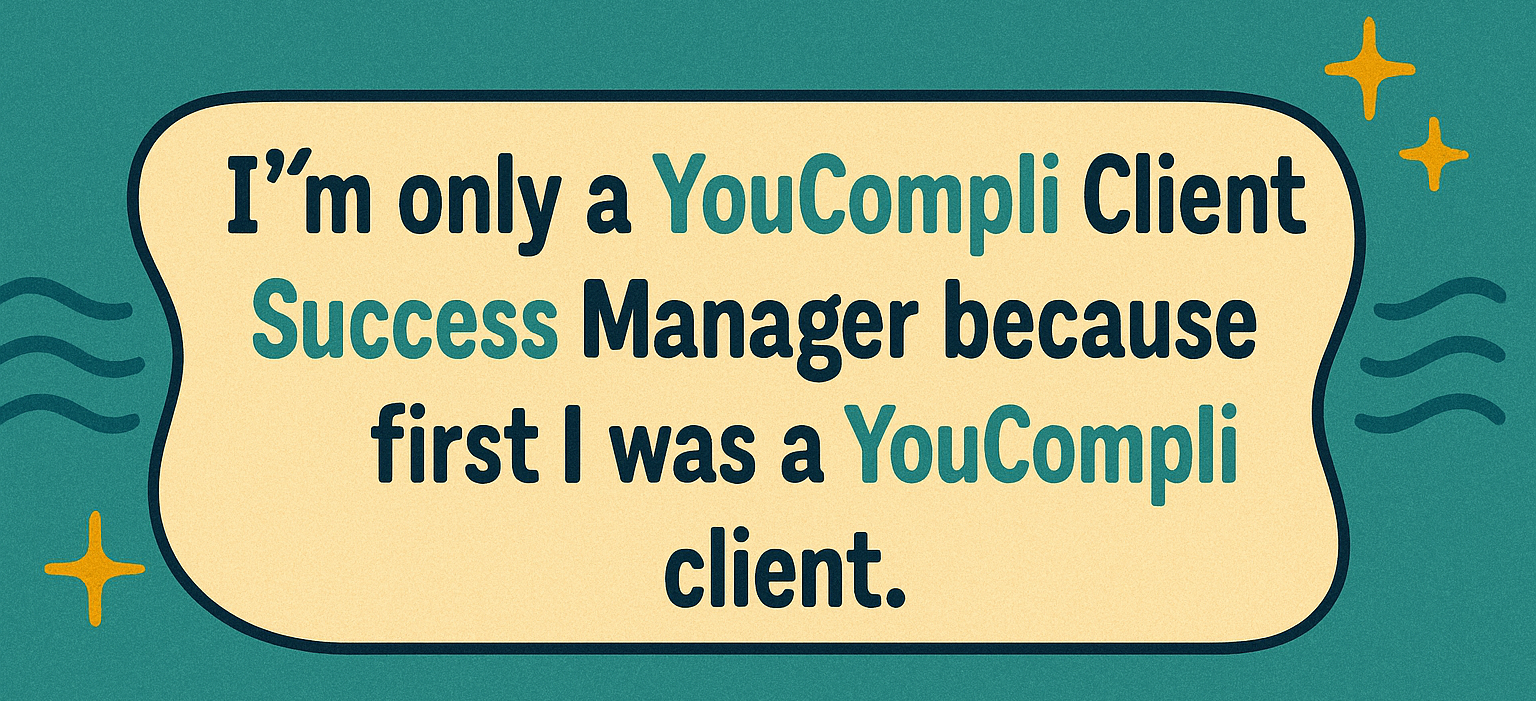
Q: Any Additional Thoughts to Share?
AL: Healthcare compliance is complex. It touches every department within a healthcare system, but it is often an underdeveloped program. I think despite all of the advancements in technology, tools and applications, finding software that actually works for healthcare compliance teams is difficult, and the value of finding a great one is underrated for this particular field.
I currently work for YouCompli, and of course I’m going to be promoting that solution, but I think it’s important to note that I’m only a YouCompli Client Success Manager because first I was a YouCompli client.
My passion for improving access to technology and tools to support regulatory compliance teams and helping them get the most value and support when using software is why I’m here.
I’ve worked at health systems using YouCompli, and I’ve worked at health systems for quite some time without YouCompli. I’ve experienced first-hand the vastly significant difference it made for compliance teams and the organizations they serve, and I can’t imagine working directly in compliance without it ever again.
Q: Ready to Take the Next Step Towards Confident Compliance?
With so many capabilities and benefits, what’s holding you back from learning more about compliance management software and confident compliance? Here are other resources you might want to look at.
White Paper: Empowering Compliance Officers to Drive Better Health and Business Outcomes – How effective regulatory change management practices help healthcare organizations mitigate risk
White Paper: The Opportunity for Compliance to Create Value for Healthcare Organizations – Best practices for demonstrating how compliance makes an impact
White Paper: Doubling Your Impact: Demonstrating Compliance’s Value and Shaping Culture – Best practices for proving your value in five key areas.
Amy Laufmann is client success manager at YouCompli. She has 10+ years of experience in healthcare compliance and operations, and is passionate about helping healthcare organizations operate better and deliver better patient outcomes.

Take Free RL3M Assessment (Regulatory Lifecycle Management Maturity Model)
Download our Latest Whitepaper

27 Ungated Resources for Compliance Leaders and Teams
Compliance professionals sometimes feel undervalued in comparison to other functions in their organization. They think leaders and colleagues don’t really understand what they do.
These resources will help. Packed with ideas, tips and recommendations, these pieces were written by professionals with many years of compliance experience.
You can quickly skim for articles that relate to your needs and interests. Bookmark this page as a reference for future questions or projects.
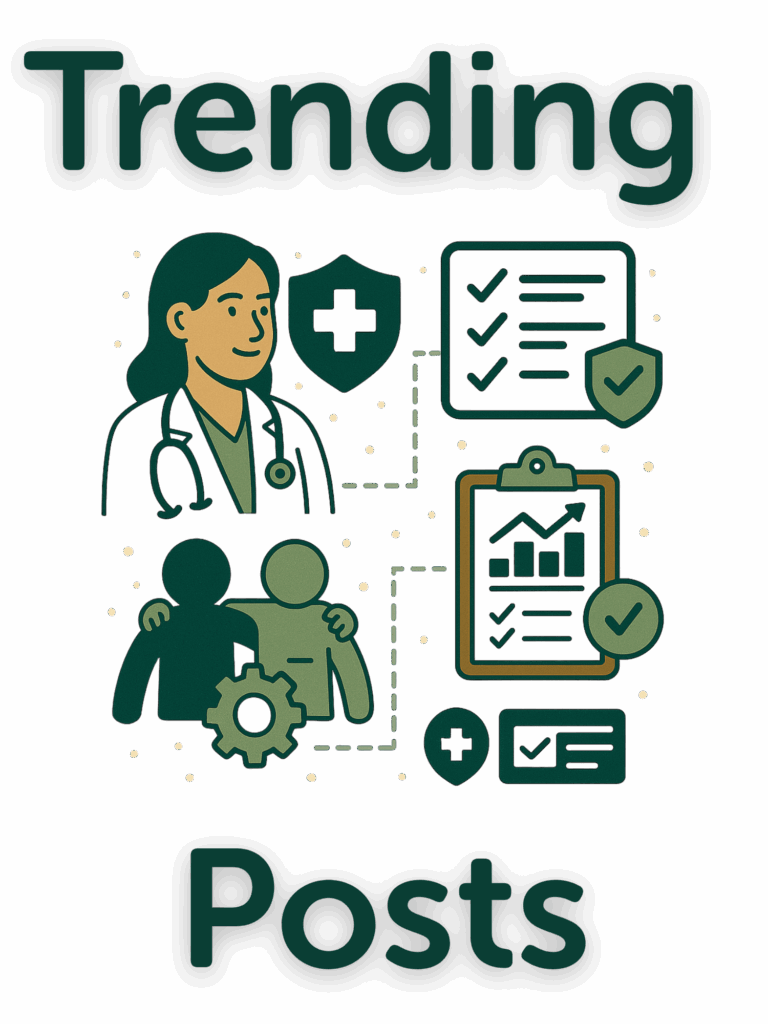
- One Compliance Pro’s Regulatory Change Management Process
- Five ways to show how healthcare Compliance delivers value
- 12 key metrics for compliance officers looking to…
- Revenue Cycle Management Compliance: Ensuring…
- Transforming Compliance to a Department of Yes
- Three Strategies to Align Compliance with Revenue Cycle
- Navigating Compliance Responsibility: A Foundation…
- How the Three Lines Model Strengthens Healthcare Compliance
- Elevate Healthcare Quality Training: Focus, Not Filler
- Mitigating Conflicts of Interest that Drive Profit…
